#Fiat 125
Photo










Fiat 125 Gr. 2
1969 Fiat 125 – first series – prepared for racing with Touring Competition specs: this car was sold new in Sanremo, driven along the twisty roads of the San Remo rally. It was registered the 12th February 1969 and still has the original title and plates. It is one of the funnies cars of this kind I’ve ever driven, thanks to the great twin-cam 1600 “Lampredi” engine with double Weber 40 carbs, sport exhaust and a great 5 speed gearbox with limited slip diff. The sporty suspension setup and – obviously – the rear wheel drive complete the pleasant driving experience.
33 notes
·
View notes
Text
instagram
1977 Fiat 125 Multicarga Ads
#veoautos#fiat#fiat 125#fiat 125 multicarga#car ads#70s#1977#seventies#fiat pickup#pickup#Instagram#historiasdeautosenchile#fiatveoautos#vintage cars#retro cars#vintage#vintage 70s
0 notes
Text

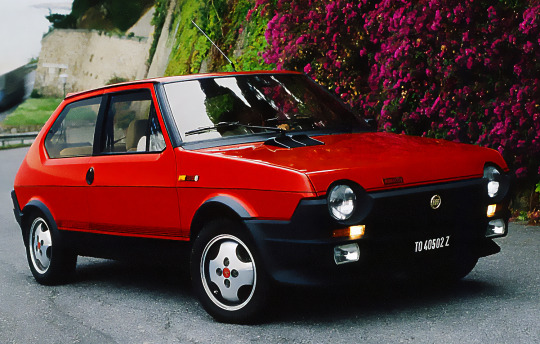
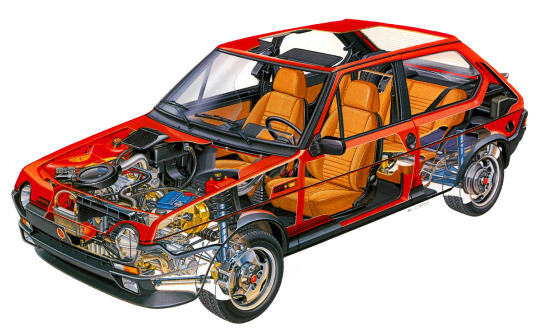


Fiat Ritmo Abarth 125 TC, 1981. Introduced at the Frankfurt Motor Show, the 125 TC used Fiat's 2.0 DOHC engine that made 125hp (hence the name). The first generation Ritmo Abarth 125 TC was only in production for 12 months before the heavily revised second generation model supplanted it. They were the last cars assembled on a separate Abarth production line, following Fiat's purchase of Abarth in 1971.
#Fiat#Fiat Ritmo#Fiat Ritmo Abarth 125 TC#Abarth#DOHC#twin cam#hot hatch#1981#1980s#hatchback#last of the line#red cars#cutaway#first generation#front wheel drive
314 notes
·
View notes
Text



1982 Fiat Ritmo Abarth 125 TC
My tumblr-blogs:
www.tumblr.com/germancarssince1946 & www.tumblr.com/frenchcarssince1946 & www.tumblr.com/englishcarssince1946 & www.tumblr.com/italiancarssince1946 & www.tumblr.com/japanesecarssince1947 & www.tumblr.com/uscarssince1935
10 notes
·
View notes
Text




Linda Thorson a choisi la Gamine de chez Vignale (FIAT 500) au lieu de Samantha.
3 notes
·
View notes
Text
WHAT I LIKED before I knew what I was SUPPOSED TO LIKE – Paul Burke
My childhood, to put it mildly, was not a middle class one, so I was spared that haughty parental diktat to watch BBC and not ITV.
Thames and LWT were our channels of choice which meant that I grew up watching Opportunity Knocks, Benny Hill, Man About the House and The Sweeney.
Good job too because watching the commercial break during every episode of On the Buses turned out to be the perfect…

View On WordPress
#Adrian Lyne#Alan Parker#BBDO#Bob Gabriel#Brutus Jeans#CDP#Citroen Chimney ad#Collet Dickenson Pearce#Dave Horry#David Abbott#Fiat 125 ad#If The Welding Isn&039;t ad Volvo#John Horton#John Sherfield Studio#Len Weinreich#Paul Weiland#Pete Matthews#Put Your Fingers Over the car&039;s headlights - ad#Richard Foster#Ron Brown#Saatci#Sony ad#Steve Grounds#Vingressor#Volvo ad#Woolies Christmas ad
0 notes
Photo

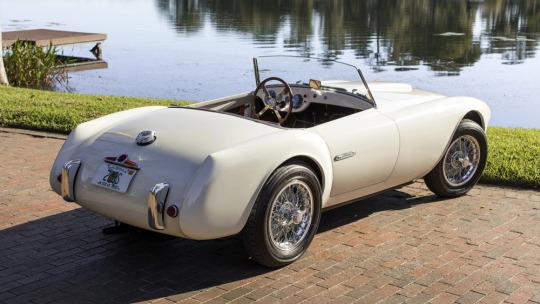


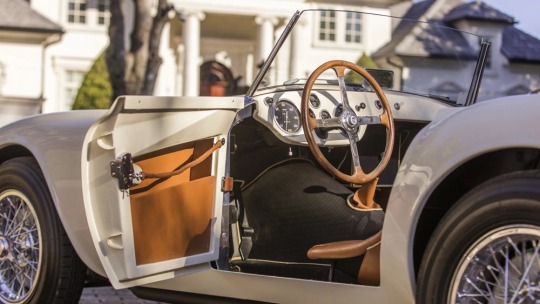
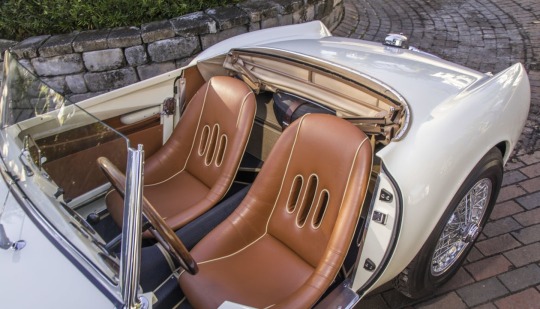
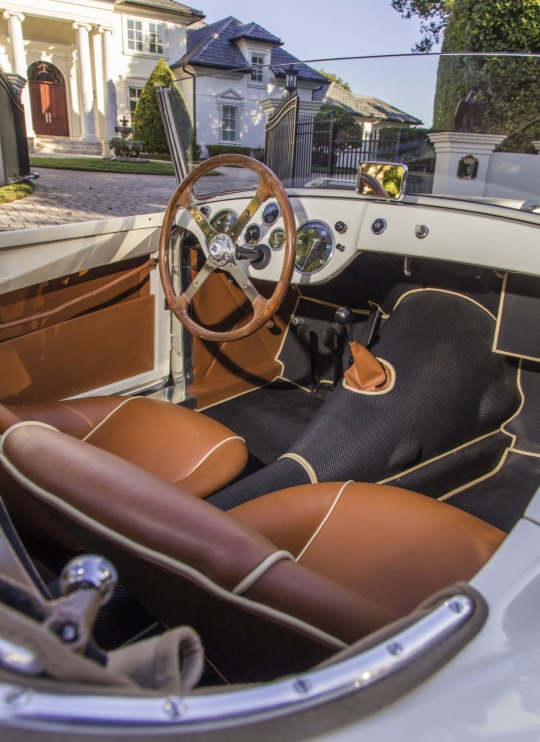
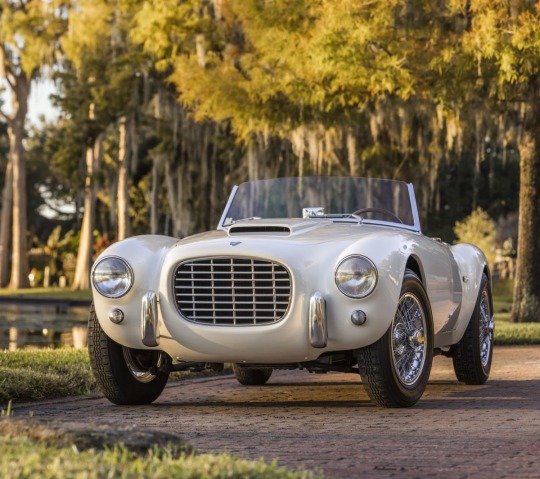


1953 Siata 208S Spider
Siata is an acronym for Società Italiana Auto Trasformazione Accessori, the Turin-based firm founded in 1926 by Giorgio Ambrosini, and which ceased production in 1970.
Much like Abarth, Siata developed its business by manufacturing performance parts for Fiat, gaining greater exposure after World War II as motorsport came back to the fore in Europe and the Americas. As 750 cc-powered race cars grew in displacement, Siata-modified vehicles gained prominence and the attention of stateside racers like Briggs Cunningham and Ernie McAfee. The latter was a Los Angeles–based importer who drove one of the first Siata-enhanced examples in the 1953 Carrera Panamericana race.
Fiat, meanwhile, had developed a 2.0-liter V-8 engine for its luxury sports car, the Otto Vu. While only 49 examples of that model were constructed, there remained additional Fiat V-8 engines that were acquired by Siata to power its new 208S Spider, unveiled in 1952. Only 33 examples were bodied by Carrozzeria Rocca Motta, of Turin, from 1953 to 1955. The car was not only powerful for its day, but supremely beautiful.
Designed by Giovanni Michelotti, these perfectly proportioned roadsters defined the iconic look of the era’s rugged sports cars. Equally stunning was the 208 CS, a coupe version of which only 18 were made, 11 bodied by Balbo and seven by Stabilimenti Farina. Topped with twin Weber carburetors and tuned by Siata, Fiat’s 2.0-liter OHV alloy V-8 engine develops more than 125 hp at 6,000 rpm, which is good enough to give the car a top speed of nearly 125 mph.
#art#design#sportcars#sportcar#luxurycars#luxurycar#vintagecars#vintagecar#siata#fiat#italy#giorgio ambrosini#spider#1953#giovanni michelotti#roadster#208 CS#siata 208 CS
1K notes
·
View notes
Text
Recently, I was watching television when a formless ghoul appeared and told me that it was my fault for not owning a house. Despite the fact that I do own a house thanks to the unsolved death of my landlord and the subsequent squatters-rights law that allows me to keep adverse possession of the property unless I leave for over 24 hours at a time, something else about what she said stuck in my craw.
She explained that if I would just take $1500 a month out of my paycheque, and put it aside, and never touch it, I would have enough to make a down payment on a house. This made sense, but only that kind of sense which is made until you put down the bong and ask the other person at the party to repeat themselves very slowly while you pull out your Bowie knife and body-snatcher detector.
if you did indeed start saving $1500 a month in January 1st, 2018, you would indeed have $90,000 by January 1st, 2023. Probably a little more from interest, but not nearly as much as you would have had by repeatedly putting that money into literally any investment vehicle, such as a 1978 Plymouth Volare.
Now, here's where things get really crazy.
If you take that same $1500 a month and you start putting it in your bank account in the year 620, by January 1, 2023, you will be able to afford a $25 million house, all cash. Or the 20% downpayment on a $125 million house if you’re feeling like you can stretch it a little. And you also will have experienced the entire arc of the industrial revolution, which you will have been unable to enjoy while paying rent to more than two dozen landlords, even as the concept of serfdom collapses around you.
Here's where things get even crazier.
If you had $1500 American dollars per month in the year 620, you would actually be able to just buy the papacy and install yourself as Pope, replacing the uncharismatic Boniface V. In this case, you would be living rent free in the Vatican for over 1400 years, unable to be removed unless through direct sub-papal fiat, although still vulnerable to the radical side-effects of internecine warfare in Italy and especially the pressures of standing up to a politically strong emperor in a time when the Church’s absolute power over politics is beginning to wane. Then, you can spend that $1500 a month on whatever you like, instead of housing or food. I recommend a 1978 Plymouth Volare.
This is the real life hack, and it's shocking nobody talks about it.
Subscribe to my tiktok for more finance tips, and by “tiktok” I mean the sound that the broken camshaft on my 1978 Plymouth Volare is making. If you buy it, I swear it’s an easy fix.
1K notes
·
View notes
Text

Fiat Ritmo 125 TC Abarth 1968.© 📸 by Prestige-Cars. - source Rétro Passion Automobiles.
31 notes
·
View notes
Photo

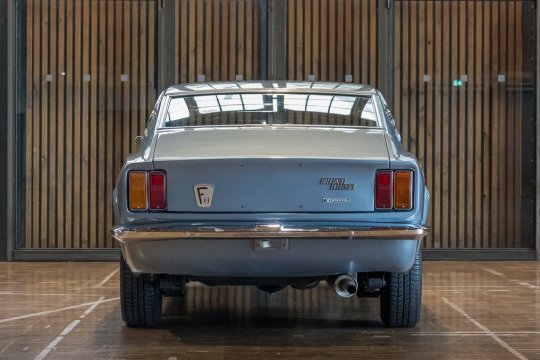
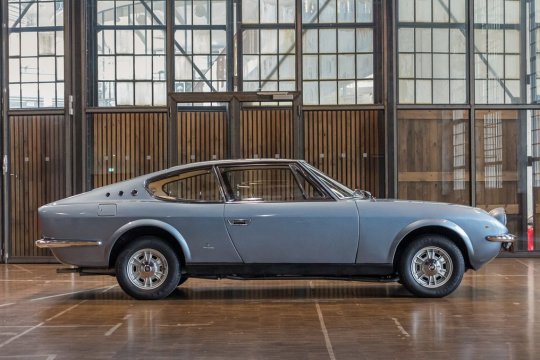
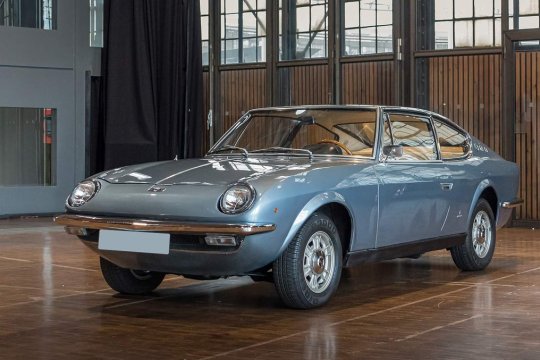
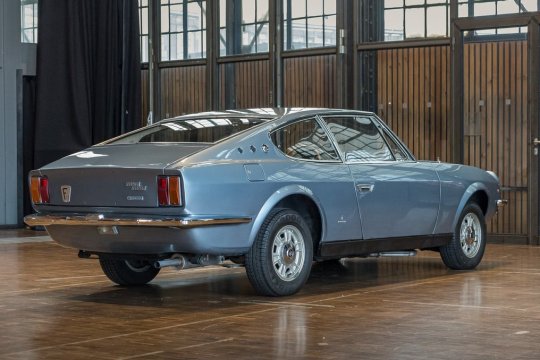

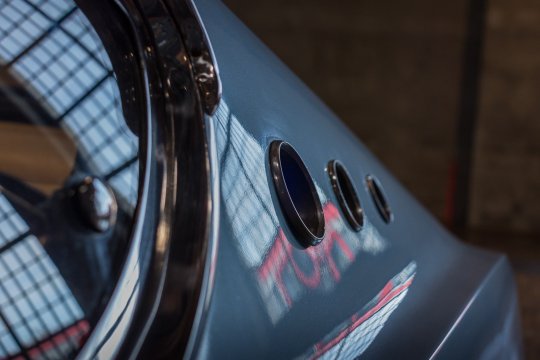
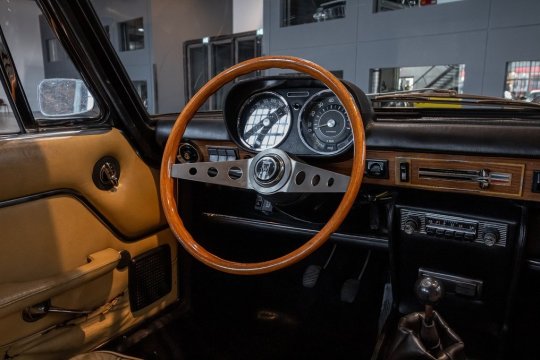


Fiat 125 S Samantha Vignale Coupé
One of the most illustrious of Italian coachbuilders, Carrozzeria Vignale had been founded in 1948 by Alfredo Vignale, whose career had begun pre-war with a successful design on the FIAT Topolino chassis. Enzo Ferrari’s favoured coachbuilder during the Maranello manufacturer’s formative years, Carrozzeria Vignale also designed and built cars for Lancia and Maserati among others, and in the 1960s branched out into automobile manufacture in its own right. For FIAT, Vignale built show models, prototypes and some limited edition models. Based on the contemporary FIAT 124 and 125 models, the 1.6-litre Vignale-bodied Samantha was built in small numbers in the late 1960s. Vignale’s sleek coupé body had very fluid lines thanks to the recessed ‘pop up’ headlights, yet nevertheless afforded comfortable seating for four and a decent amount of luggage space. With 100bhp on tap, delivered via a five-speed gearbox, the Samantha was similar in performance to the 125S donor car with a 0-60mph time of 13 seconds and a top speed of 106mph. The downside was that it cost twice as much.
Only a relative handful are believed to survive, making the Samantha 125S one of the rarest twin-cam FIATs of the period. In fact, by 1971, only about 100 copies were produced, were nicknamed "Little Maserati."
#Fiat 125 S Samantha Vignale Coupé#Carrozzeria Vignale#Alfredo Vignale#FIAT#Enzo Ferrari#Lancia#Maserati
477 notes
·
View notes
Text
3 notes
·
View notes
Text



Monteverdi Sierra brochure, 1978. If the lines look familiar it's because the Sierra was based on a Plymouth Volaré with bodywork customised by Fissore. The headlights came from a Fiat 125 and the tail lamps from a Renault 12. Production amounted to 15 saloons
#Monteverdi#Monteverdi Sierra#brochure#1978#Plymouth Volaré#custom car#coachbuilt#Fissore#badge engineering#dead brands
94 notes
·
View notes
Text



1968 Fiat 125 Special
My tumblr-blogs:
www.tumblr.com/germancarssince1946 & www.tumblr.com/frenchcarssince1946 & www.tumblr.com/englishcarssince1946 & www.tumblr.com/italiancarssince1946 & www.tumblr.com/japanesecarssince1947 & www.tumblr.com/uscarssince1935
11 notes
·
View notes
Photo

1953 Siata 208S Spider Siata is an acronym for Società Italiana Auto Trasformazione Accessori, the Turin-based firm founded in 1926 by Giorgio Ambrosini, and which ceased production in 1970. Much like Abarth, Siata developed its business by manufacturing performance parts for Fiat, gaining greater exposure after World War II as motorsport came back to the fore in Europe and the Americas. As 750 cc-powered race cars grew in displacement, Siata-modified vehicles gained prominence and the attention of stateside racers like Briggs Cunningham and Ernie McAfee. The latter was a Los Angeles–based importer who drove one of the first Siata-enhanced examples in the 1953 Carrera Panamericana race. Fiat, meanwhile, had developed a 2.0-liter V-8 engine for its luxury sports car, the Otto Vu. While only 49 examples of that model were constructed, there remained additional Fiat V-8 engines that were acquired by Siata to power its new 208S Spider, unveiled in 1952. Only 33 examples were bodied by Carrozzeria Rocca Motta, of Turin, from 1953 to 1955. The car was not only powerful for its day, but supremely beautiful.Designed by Giovanni Michelotti, these perfectly proportioned roadsters defined the iconic look of the era’s rugged sports cars. Equally stunning was the 208 CS, a coupe version of which only 18 were made, 11 bodied by Balbo and seven by Stabilimenti Farina. Topped with twin Weber carburetors and tuned by Siata, Fiat’s 2.0-liter OHV alloy V-8 engine develops more than 125 hp at 6,000 rpm, which is good enough to give the car a top speed of nearly 125 mph.
#art#design#sportcars#sportcar#luxurycars#luxurycar#vintagecars#vintagecar#siata#fiat#italy#giorgio ambrosini#spider#1953#giovanni michelotti#roadster#208 CS#siata 208 CS
5 notes
·
View notes

